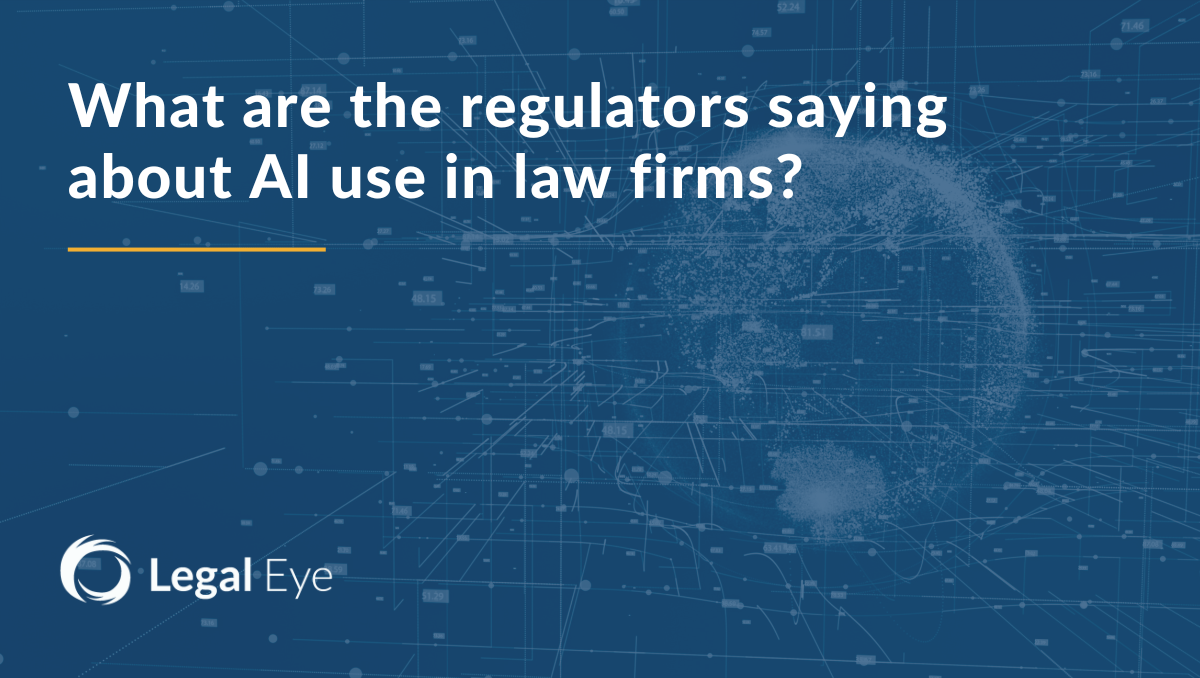Artificial intelligence is here, and law firms are already experimenting with it. Whether you're exploring…
John Clay, a Board Member Past Chairman of the Society of Licensed Conveyancers, has written an open letter to the Secretary of State Michael Gove regarding cladding.
Dear Secretary of State
I write on behalf of The Society of Licensed Conveyancers in respect of the current crisis in high rise flats affected by safety issues following the Grenfell tragedy.
The Government must take action now:
Thousands of leaseholders are facing eviction and bankruptcy (many contemplating suicide).
The Government must step in and pay for all remedial costs to rectify the failures of past administrations to protect owners and leaseholders of high rise apartments. The Government of the day failed to take action after having been warned when fire tests carried out for them in 2004 predicted a disaster. This warning came 13 years before the Grenfell tragedy (and again when a similar fatal fire broke out at Lakanal House in 2009). The London Fire Brigade also warned the Government in 2012 and 2013 in a series of letters to Brandon Lewis about the fire danger in high rise blocks, but he declined to introduce new legislation which may have prevented 72 unnecessary deaths.
The remedial costs from Government intervention, should it step in, could be claimed back from the developers who are responsible for the current mess.
At least 500,000 flats are considered too dangerous to live in and are unsaleable. Yet it is deemed acceptable to leave, what are often vulnerable people, to carry on living under these conditions.
The Government has committed to building 300,000 new homes every year – surely the priority must be to make existing homes safe?
I attach a more detailed analysis for your consideration, and there are many aspects to consider. The Society’s input is intended to be constructive and to find a way to provide a fair solution to those caught in a nightmare not of their making.
The Society would welcome the opportunity to discuss this further. It is a very complicated situation which we would suggest your department has not previously taken seriously enough in so far as those directly affected do not have any choice but to continue to live in apartments. Many of which have no value whatsoever.
Yours sincerely
John Clay Soc.L.C.
Board Member and past Chairman
The Society of Licensed Conveyancers
EMERGENCY: ACTION IS NEEDED
• THOUSANDS FACING BANKRUPTCY
• THOUSANDS CONTEMPLATING SUICIDE
• THOUSANDS LIVING IN UNSAFE BUILDINGS
• BANKS AND BUILDING SOCIETIES LOSING MILLIONS
• A CRISIS IN THE HOUSING MARKET
Following the Grenfell tragedy, fire risk assessments have resulted in major costs* being incurred by leaseholders in high rise buildings. It is estimated that at least 500,000 people live in high rise buildings where major work is necessary to make the properties safe.
The Government of the day failed to introduce the necessary regulations when warned of the danger and the current Government must now take responsibility and pay for all the remediation.
If insufficient help is given, thousands (probably hundreds of thousands) of leaseholders will have to forfeit their flats to their freeholder or their lender. The majority of these leaseholders are not people with huge savings and in their current situation borrowing money is impossible. Most have invested everything to get on the property ladder. A recent survey showed many leaseholders are suffering from severe depression and 23% are seriously contemplating suicide.
When so much of the current conversation is about levelling up, this cannot be right
If mortgage payments are not maintained lenders will have to repossess properties and they in turn may suffer substantial losses as these flats are unsaleable. The lenders will be unable to recover their loans (and are likely to be unable to do so for many years) and ultimately the cost will be passed on to all mortgage borrowers. If the Government does not step in the value of all flats in high rise bocks could be blighted for years to come.
This situation is already creating a problem in the housing market. Most of the properties involved are first time buyer occupied. As these are currently unsaleable there will be a shortfall of entry properties for first time buyers, which will cause prices of other flats in low rise properties to increase making it even harder to get onto the property ladder. Many leaseholders may no longer be able to move up the property ladder. The Government’s drive to provide more homes for first time buyers by way of new builds may prove to be ill directed.
Against the backdrop of this catastrophe, politcians have frequently referred to the “building owner” stating “they must take action against anyone responsible for dangerous cladding”. However, the concept of ownership is deeply flawed**. Once all the flats have been sold, ownership is virtual. A building has little or no value and funds are not available to the occupiers to pay for action in the courts against developers or builders.
Prosecution by leaseholders against developers is unrealistic. Any such cases would be complex, involving huge legal costs. Action against the developer would involve many parties: the main contractor, the architect, suppliers, subcontractors, advisors, and in the case of Grenfell, the TMO and the Council.
* Figures of £50,000 are frequently quoted for individual flats (£85,000 recently for Oyster Court in South London).
** The freeholder owns the land that the building is on. They will not “own” the building until all the leases run out.
To reiterate: ACTION IS NEEDED NOW! Up to a million leaseholders could be affected.


